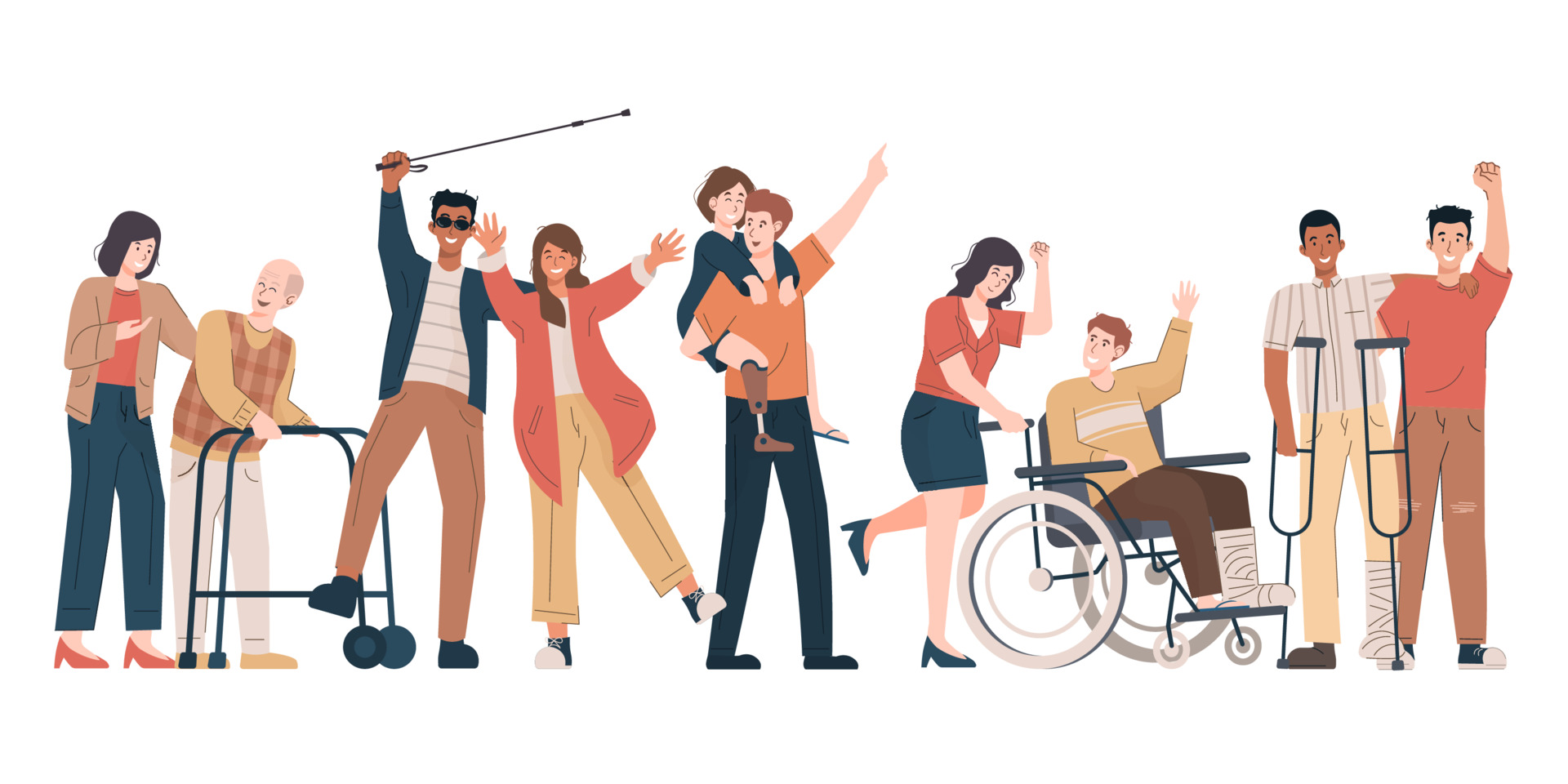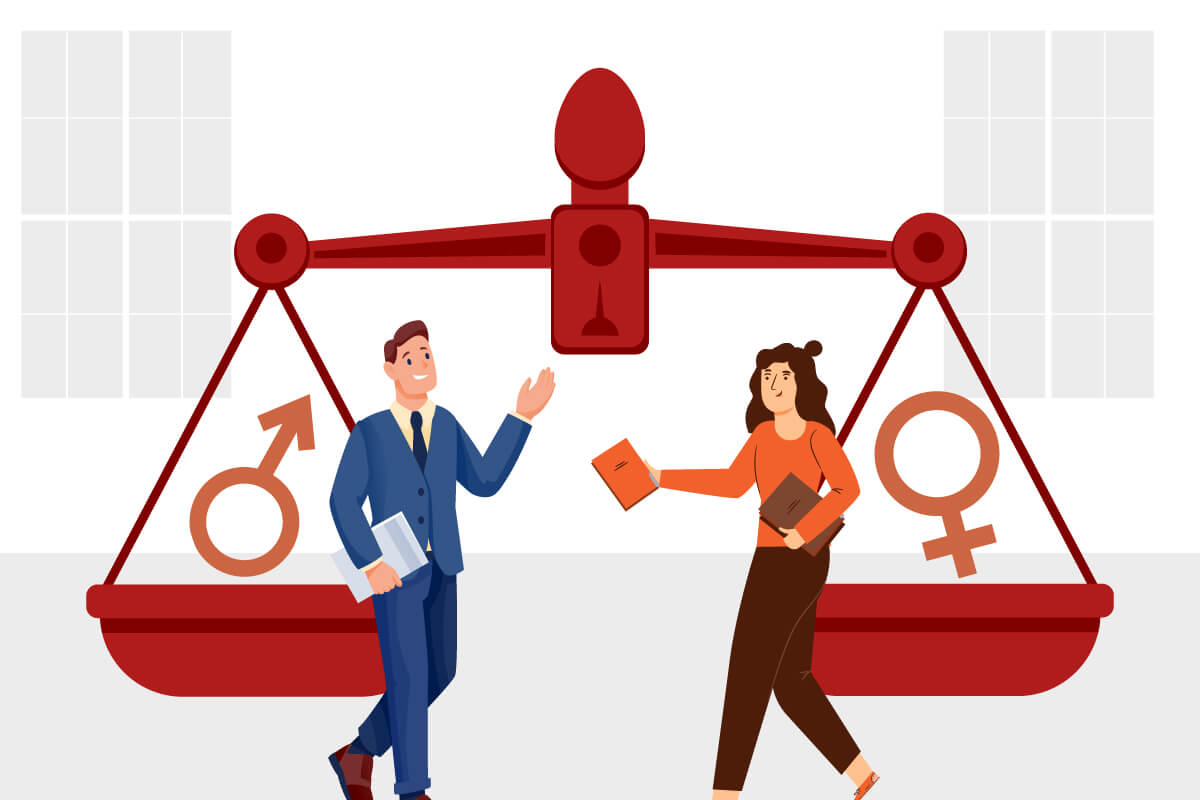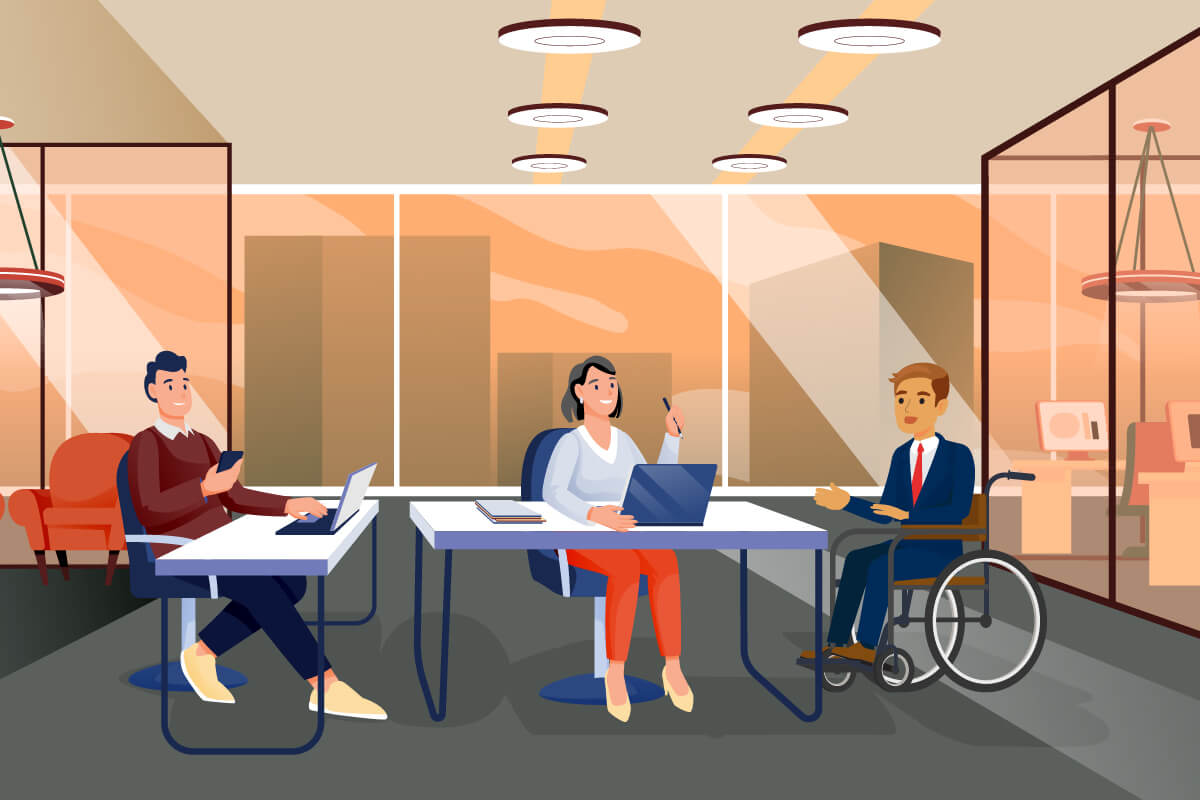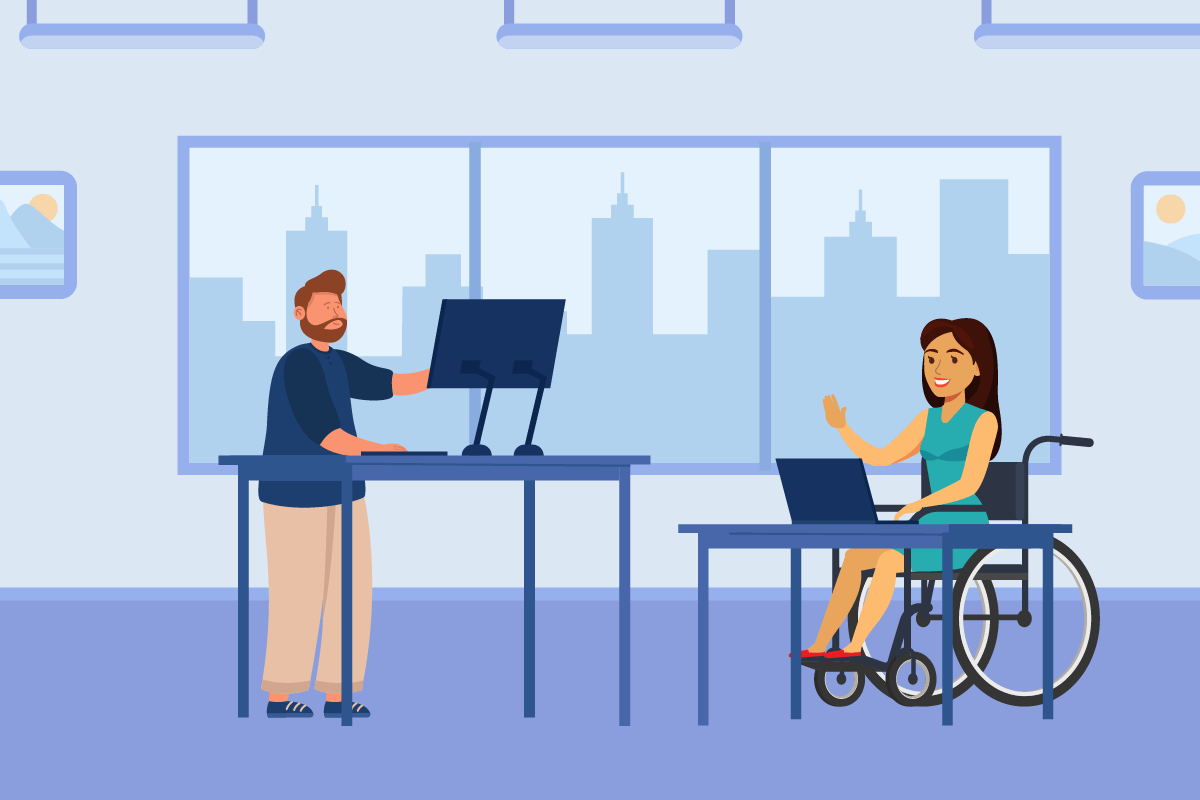At TRRAIN (Trust for Retailers and Retail Associates of India) we have been working with persons with disabilities; our aim is to train them and offer them assistance in getting employment that allows them to lead a life of dignity.
However, it is important to understand that the term ‘persons with disabilities’ is an umbrella under which there are several types. For starters, a disability can be physical or mental; within physical disabilities, there are many conditions and same is the case with mental disabilities too. Moreover, certain disabilities might be from birth, while others might be caused due to accidents, illness or other situations. There are also certain rules that are laid out by the authorities that are almost like a grading system, determining the extent of the disability.
H2: Which are the most common physical disabilities?
If we were to look only at physical disabilities, we would have to segregate them into multiple sub-sections
- Visual impairment – If there is a problem with vision – where the person is unable to see clearly, has blurred vision, has complete loss of vision or any particular degree of impairment.
- Hearing impairment – If there is a problem of hearing – loss of hearing in one or both ears, partial hearing or difficulty in hearing.
- Loco motor impairment – If there is a disability related to any limb that hinders movement, such as absence of any limb, spinal issues etc.
Apart from physical disabilities, there are also mental disabilities:
- Mental retardation – Any condition that affects the brain, leads to learning disabilities, creates barriers in terms of social interactions.
- Mental illness – Any condition that affects the mind, which could have been caused due to an illness, trauma or other conditions.
H3: What are the main characteristics of physical disability?
Now, we have taken a look at the most common physical disabilities, but it is important to understand the specificities of each to better understand what persons with disabilities have to go through.
The Rights of Persons with Disabilities (RPwD) Act, 2016 provides very clear information on each type of disability and which person can be characterised as being a person with disability.
When we talk about visual impairment, we need to understand that there is:
- Total absence of vision – this could be by birth, could happen over a period of time due to illness or trauma or could happen due to an accident or medical condition in a short span of time.
- As per the Snellen chart (the chart that is used to check vision), 6/60 or 20/200 in one eye, that is considered better with corrective lenses is considered low vision.
- If a person has a limitation in their field of vision, that subtends an angle of 20 degree or more, then a person would be considered visually impaired.
- Then there is also a person with low vision, who does not have proper visual functioning, but can be considered ‘capable’ when using assistive devices.
Now, let’s move to hearing impairment:
Hearing impairment first needs to be categorised as mild, moderate, severe, or profound.
- Mild hearing impairment means the person is able to hear, however, one might need to be close to them while speaking or might have to speak loudly.
- Moderate hearing impairment could be a situation, wherein the person might be able to hear with the help of a hearing aid.
- Severe and profound hearing impairment would be categorised as severe physical disability, wherein the person is not able to hear at all.
These conditions could affect one or both ears and could be by birth or could appear in the later stages of life. Loss of 60 decibels or more than that in the ear that is considered better, could be considered hearing impairment.
Moving onto the largest category, which is locomotor disability:
Yet again, we need to understand that physical impairment also has multiple variations –
- Temporary partial disability would be when a person needs to recover for a certain amount of time, to be able to return to full health. So, if a person loses the ability to use any part of their body, for a short period of time, they would be considered in this category.
- Temporary total disability would be when a person is affected in such a situation, where they are totally unable to go to work and need the time to receive treatment to regain full bodily functioning.
- Permanent disability would be when there is permanent damage or total loss to a certain or multiple parts of the body creating a situation where treatment will not help.
Locomotor disability refers to disability/impairment/inability to use partially or completely part of the body. When there is a substantial restriction of movement, it would be considered physical disability. These can include:
- Poliomyelitis, also known as polio, leads to impairment of the legs and movement
- Amputation, wherein a part of the body has to be medically removed
- Injuries of spine, head or soft tissues which could lead to loss of movement
- Cerebral palsy is actually a group of disorders, which can affect movement, balance or posture and is present from birth
H3: A quick look at non physical limitations as well
When we talk about disabilities, it is essential to spend some time looking through mental disabilities as well:
- Mental retardation is when there is either less or incomplete development of the mind, which could include cognitive, language, motor and social abilities.
- Autism is a condition where there is an uneven development of skill in a person, which could lead to communicative or social skills being affected.
- Learning disabilities is yet another umbrella category under which, you will be able to see:
- Dyslexia is a learning disability that affects reading and writing
- Dyspraxia is the inability to give an appropriate body response to a situation
- Dysgraphia is the inability to spell or write or both
- Dyscalculia is the inability to complete any type of calculations
- Attention Deficit and Hyperactivity Disorder (ADHD) is a condition that can be seen in children and leads to hyperactive, distracted and impulsive behaviour
At TRRAIN, we understand that mental and physical disabilities need to be comprehended properly and we are investing our time and efforts into the same each day. Our aim remains to bring persons with disabilities into the mainstream, by offering them training and guidance, allowing them to join the nation’s workforce. When you donate to TRRAIN, you donate to sustainable livelihood for people who are looking to lead a life of dignity.





